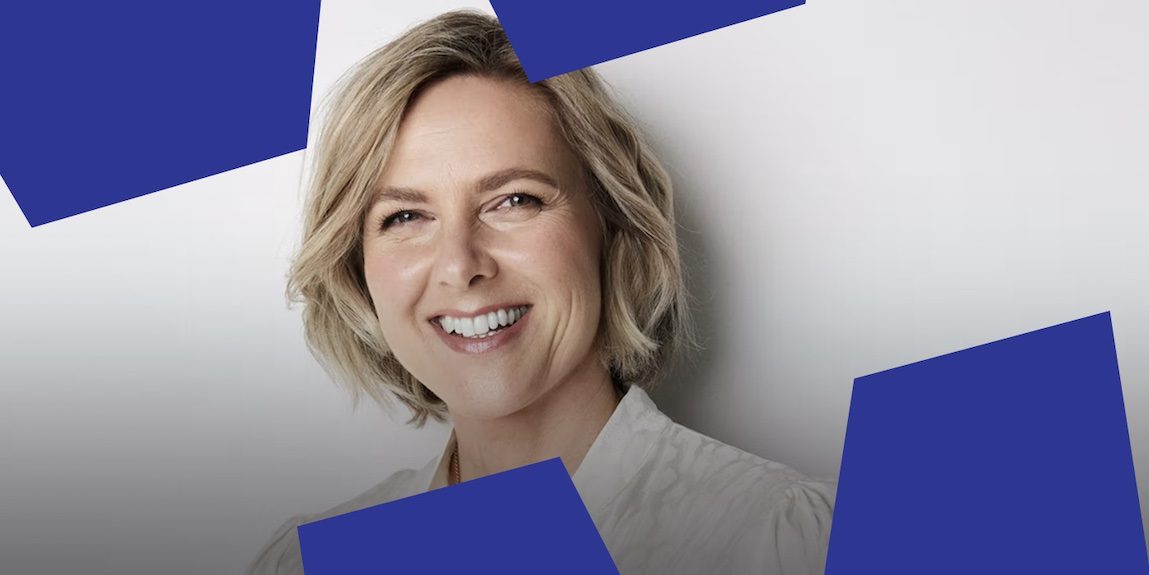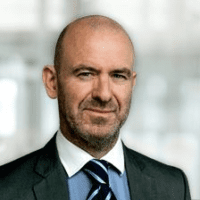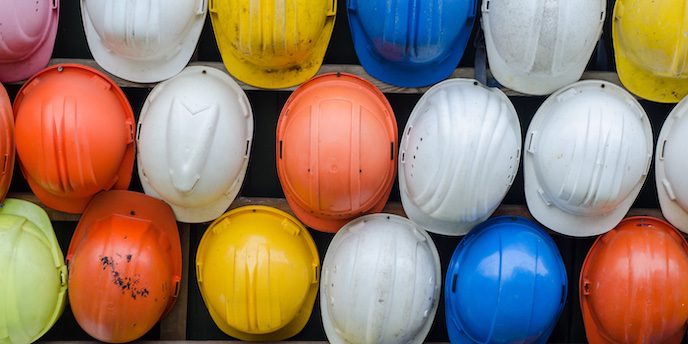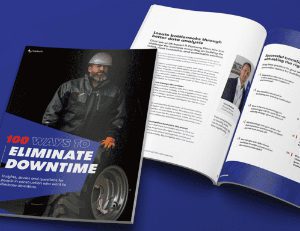

We’re all familiar with the push on sustainability now. It dominates the headlines. It tops agendas. And it comes with proposals and detailed plans for emissions and carbon footprints that might hopefully deliver a better world.
But, says International Powered Access Federation president Karin Nars, one aspect of the ESG equation gets relatively little attention.
“Sustainability is more than climate change or a carbon footprint,” says Nars, speaking via video link. “We need a social dimension too. It is really important to understand and have a deeper and real commitment to how inclusion can be utilized to enrich the performance of teams in many ways.”
Nars should know. A Finnish native, she’s bucked the trend in a male-dominated construction industry where she also doubles up as the managing director of Dinolift and is on a mission to make construction more inclusive.
When we share stories of the many great women working in our industry, we immediately make it more attractive.
And as president of IPAF, she’s found the perfect vehicle to do so. It was at IPAF just two months into her tenure that Nars launched the Women in Powered Access in May 2022 and it’s a drum she’s been banging ever since, not just because she believes it is right, but also because she believes it is necessary.
“When we share stories of the many great women working in our industry, we immediately make it more attractive,” says Nars. “And it’s not just women,” she says, warming to her theme. “It’s about anyone that might feel excluded. There is where we will attract the new talent.”
But there is a long way to go. The gender divide in construction shows the scales are firmly weighted in favor of men.
According to the US Department of Labor Statistics, women in construction made up 10.9% of the workforce in 2020 while in the UK, it was a slightly better story at 14%. It’s one of the reasons why Nars is so keen to draw the distinction between diversity and inclusion.
“Most of us agree that diversity, equality and inclusion are important values in the workplace and society overall but sometimes this concept can be vague and even a little bit confusing,” says Nars, whose construction career began in 2009. “We all think we have a moral obligation to promote these values, but we struggle to turn the awareness into concrete actions.”

In other words, we might talk the talk, but we don’t necessarily walk the walk. “I like this quote from Verna Myers at Netflix, who said ’Diversity is being invited to the party — inclusion is being asked to dance.’ What that means is we bring people into the decision-making process through concrete actions capturing the intent of acknowledging that diversity,” she says.
Pay lip-service to this distinction and you risk alienation and a frustrated workforce, she adds, everything a well thought-out inclusivity plan mitigates against.
How do we move then from talk to action? Nars has a set of guiding principles that she believes gives organizations a clear path into implementing a structured, inclusion policy as follows:
Firstly, she suggests establishing a sense of belonging. “We all feel the need to be connected and that we are contributing,” says Nars. “It’s a male-dominated industry and initiatives like Women in Powered Access help go beyond the industry stereotypes. But we don’t just want words — we want concrete action too.”
With that in mind, equal treatment is the second pillar in Nars’ strategy. She says it is not enough for upper levels of management to be aware of what diversity and inclusion mean. “Everyone in a big organization needs to be aware of how their words matter and be aware of unconscious bias.”
She warns against falling back on “convenient stereotypes” and, when mistakes are made, management should not only acknowledge them, they should also apologize if necessary creating the conditions for “genuine fairness and equality”.
The next stage in the process, Nars labels bold creativity. “We’re inclined to armor up in the workplace and not show vulnerability, faking toughness,” says the IPAF president. “If we can show vulnerability, we embrace change and foster bravery in all kinds of situations.”
One of those, says Nars, includes safety. “This is the environment you need for people to stand up and call out dangerous work practices,” she says. “It’s a template for all industries — it should always be okay to speak out and not be afraid of making a mistake.”
That’s a more than timely reminder. IPAF’s Annual Accident Report for 2021 showed a death count of 109 on aerial work platforms and, while an improvement on 2020, it’s a discussion that is gathering momentum in the industry as it gets to grips with its health and safety challenges.
We’re inclined to armour up in the workplace and not show vulnerability, faking toughness. If we can show vulnerability, we embrace change and foster bravery in all kinds of situations.
It takes Nars to her fourth point on inclusion that asks companies to tell your story. Nars emphasises the role of language here citing the example of a Finnish technology company that experimented with a change in the tone of voice and content in its recruitment adverts and then saw female applicants jump from 14% to 32%. “If we want to attract the right applicants for roles that are traditionally more gendered, then we also need to look at the wording in recruitment adverts and examine whether we exclude certain groups from applying,” says Nars.
From there, it’s a logical extension that the next step demands that every person within an organization knows yourself. It’s key, she says, to creating the understanding and trust between people enabling to bring their actual selves to the role and not “hide behind a mask”.
“When we are open about ourselves, and understand why we behave and act in a certain way in the office, we give the space to others to also be themselves,” she says.
With such an avowedly empathetic approach to the workplace, it is not surprising that Nars final stage in the journey to true inclusion centers on the art of listening. Nars says compassion is the key here, meaning that while we may have deadlines and targets to meet, it’s about “taking care of our people in a more profound way”.
If we want to attract the right applicants for roles that are traditionally more gendered, then we also need to look at the wording in recruitment adverts and examine whether we exclude certain groups from applying.
What that requires is a conscious effort to shed assumptions about people, their beliefs and backgrounds and accept the possibility that those stereotypes might actually be wrong.
“We need to recoup the social dimension of sustainability,” she says, in conclusion. “It’s not just a nice thing to do. It really is the only way to achieve sustainable development and this is all more or less linked to diversity and inclusion.”
This is the first in a series of articles where we interview leading personalities in the industry, examining the issues and getting an outside perspective on how we can tackle the big challenges facing construction.

Never miss an insight. We’ll email you when new articles are published on this topic.


